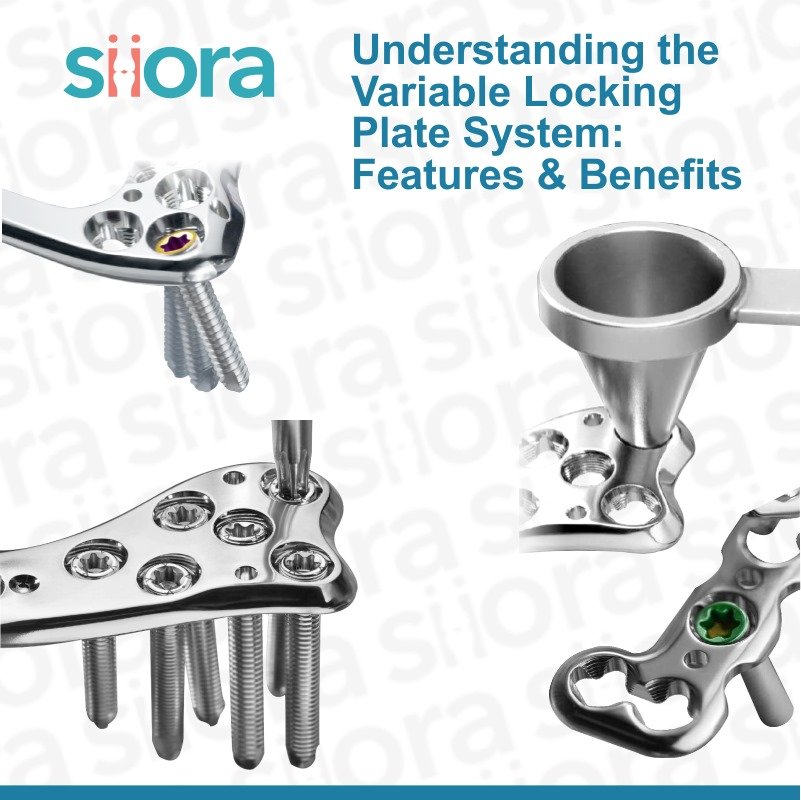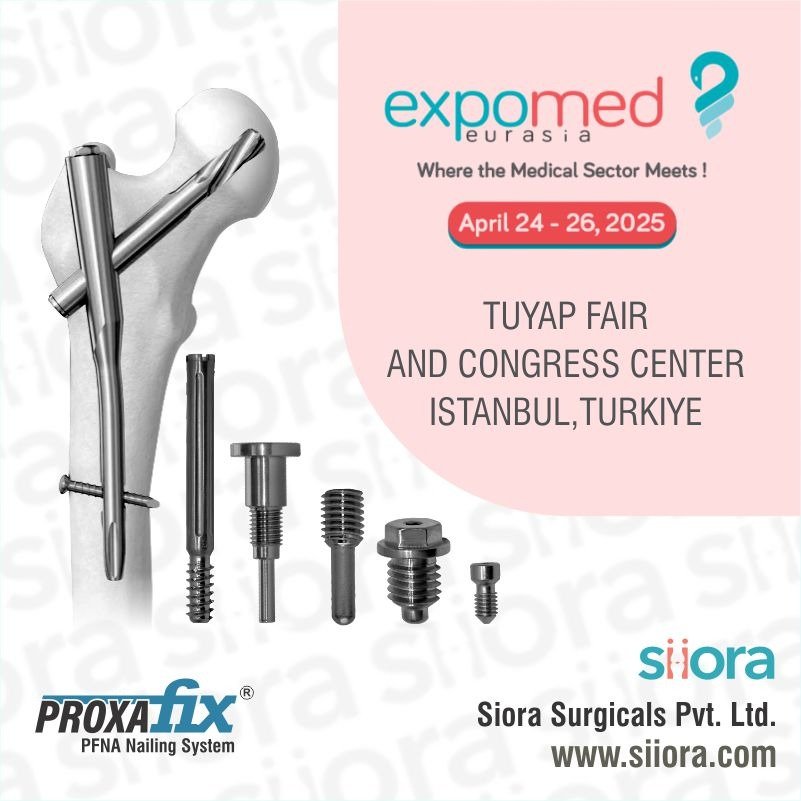Pins are versatile and are usually helpful for internal fixation. A pin has a comparatively small diameter and is inserted through the soft tissue and bone with comparatively little trauma. A Kirschner wire is inserted with a power drill as well as a guidance system. The soft tissues tend to wind round the Kirschner wire at the time of insertion and must always be protected. Several types of guides are in use: a telescoping guide linked to the drill, or an external guide with a handle are common orthopedic Instruments. A power drill with a quick locking and release mechanism save considerable time. It is also suitable for insertion of Kirschner wire from the barrel of the drill, that doubles as a guide.
Kirschner wire insertion
- Always deploy a power drill to insert a Kirschner wire.
The wire bends once it’s inserted on a hand drill.
- To protect soft tissues during insertion, always use a guide to direct the pin.
- Cutting
- Support the wire.
- Place the cutter jaws at right angles to the wire.
- Bend the wire up after cutting.
- Tip of wire must not touch the plaster cast.
Fashion a point- 2 oblique cuts to fabricate a sharp tip
Provisional fixation
Kirschner wires are helpful for provisional fixation of a comminuted fracture. They help in accurate placement of the fragments and orthopedic implants, especially the plates and the bone screws. Multiple wires are inserted without any added trauma. When provisional stability has been attained, X-ray pictures can be made to visualize the strength as well as weakness of the construct.
Planning is necessary while inserting Kirschner wires for provisional fixation. Pins are introduced in such a way that they don’t obstruct the final placement of the definitive implants. For instance, wires are passed parallel to each other in the same direction in which the lag screw is to be introduced in order that there’s no obstruction to compression of the fracture with the lag screw.
Definitive fixation
Whenever a Kirschner wire is used for definitive fixation, the pin’s end should be cut a centimeter under the skin and may be bent; a long wire end will protrude through the skin, either because of the pressure from within or from outside. If a wire is cut too near the bone, it’s difficult to locate it at the time of removal. The jaws of a wire cutter are always positioned at right angles to the wire. If they’re positioned at any other angle, a twisting force develops whereas snapping the wire. This force is transferred to the bone and due to this unintentional fracture may occur in a small bone, specifically in the cancellous area.
A sharp point at the pin trip may be fabricated by making an oblique cut and then rotating the pin to make the 2nd oblique cut. The free end of the wire must always be bent with an orthopedic instrument. The bending force, if transmitted to the bone, may cause an inadvertent fracture; this complication is avoided by gripping and stabilizing the pin at the time of bending. There’s a genuine danger of migration of a straight pin into the soft tissues or into the bone; a pin is known to travel a long distance across the planes of soft tissue. When using a pin around the shoulder, it’s imperative that the trip be bent.
A pin enclosed in a plaster cast shouldn’t touch the cast but move freely inside. There’s considerable movement between the cast and the bone because of the presence and the thickness of the soft tissues. If any pin touches the plaster, forces are transferred to the bone, resulting in pin loosening as well as loss of fixation. A pin must be removed after it has served its purpose.








